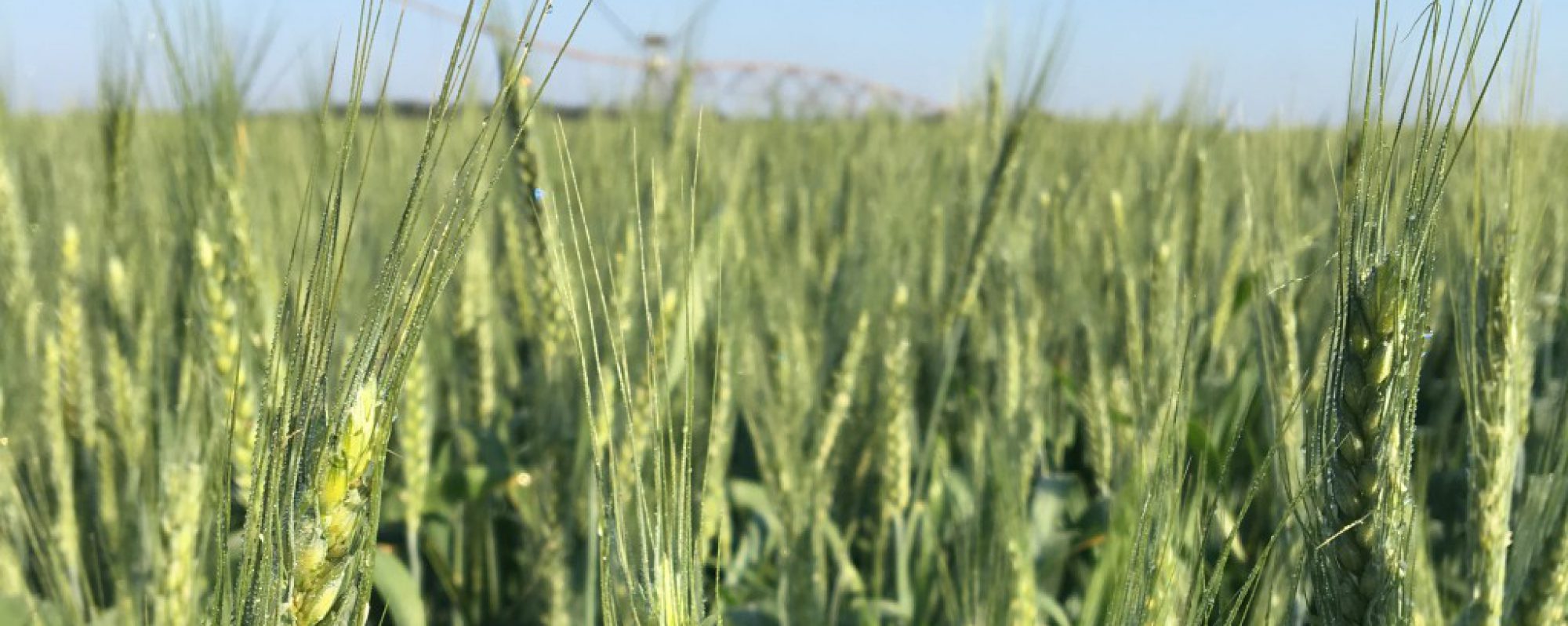Corn
-
Per Dr. Prostko: As Dr. Culpepper and I have begun our annual winter weed tour around most of Georgia, one of the many things you will here us discuss is starting weed-free (clean) at planting using a combination of practices such as tillage, cover crops, and/or herbicides. The use of cover crops and tillage will…
-
A word from Dr. Kemerait on the warm temperatures we are experiencing, and the use of in-furrow fungicides to combat seedling disease. Rhizoctonia solani is an important pathogen associated with seedling disease in cotton and peanuts. It is especially severe when soils are cooler and wetter and when seed is planted too deep. It can…
-
From Rome Ethredge: Irrigating Wheat and other Small grains We know that small grains yield better with a dry sunny spring but we can benefit from irrigation at times, especially during grain fill. Dr. Wes Porter, UGA, says he normally recommends ET replacement on small grains and this time of year we are at or…
-
A quick note from Dr. Kemerait Despite the weather over the next few days, the La Nina winter (warm and direr) has certainly set the stage for increased problems with nematodes in our corn, cotton, peanuts, and soybeans, at least on the Coastal Plain. Growers need to anticipate this and recognize that variety selection, crop…
Posted in: Corn -
By Rome Ethredge Looks like we will have a few cold mornings that may affect our small grains and any corn that’s up. Hopefully the time it stays cold will be short and with warm soils we won’t be hurt much. And we aren’t in the most susceptible timeframe in very much of our grain, between…
-
From Rome Ethredge Corn planting getting going now although moisture is short in some areas and some preplant watering is having to happen. Lots of ways to do it but grower here using pop up fertilizer 2×2 (2 inches over and 2 inches below the seed) and Velum in furrow for nematode suppression. Oat and…
-
An update from Dr. Prostko I continue to hear much chatter about the shortages/price increases for Roundup (glyphosate) and many other herbicides. Thus, I would like to remind you of some of the options available to field corn growers who are trying to be more judicious with their use of glyphosate and/or get away from it…
-
JULY 19 Peanut: Many of our peanut fields have reached, or are rapidly approaching, 60 days after planting. During this time of the season it is important to protect a peanut crop from white mold and from leaf spot diseases. Currently, rainfall has been abundant in many of our counties. The rainfall is beneficial to…
-
Just a few “heads ups” this morning on what I am seeing or hearing about in the the fields now. The picture above was sent to me by Dr. Jared Whitaker and later he brough samples to Jason Brock in Tifton. Young seedlings wilting and dying soon after emergence with a tell-tale lesion girdling the…
-
Our corn is done in the county and waiting to be harvested. The crop looks good since mid summer rains supply lots of needed water. New corn agronomist Dr. Reagan Nolan did a trial comparing fertilizer applied and nutrients taken up by the plant. It was great that he got many of us county agents…
